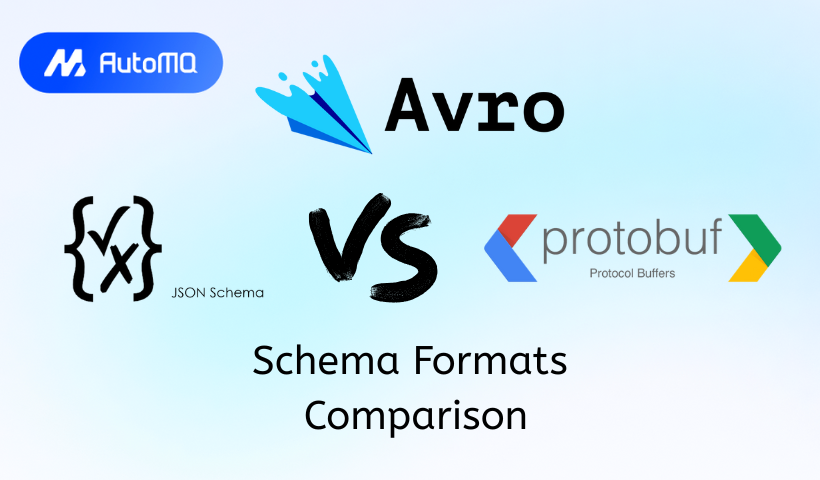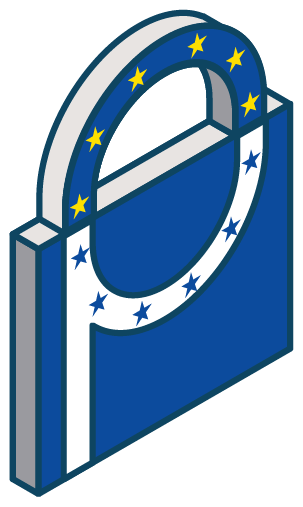Introduction
In modern data-driven architectures, especially within streaming platforms like Apache Kafka, ensuring data quality and consistency is paramount. The key to achieving this lies in establishing a clear, enforceable data contract between services. This is where data serialization formats and their accompanying schemas come into play. Choosing the right format is a critical architectural decision that profoundly impacts performance, system evolution, and developer productivity.
This post provides a comprehensive comparison of three leading schema formats: Apache Avro , JSON Schema , and Google Protocol Buffers (Protobuf) . We will explore their core concepts, performance characteristics, and best practices for their use in a Kafka ecosystem to help you make an informed decision for your next project.
What is a Schema and Why is it Important?
At its core, a schema is a formal definition of a data structure. It acts as a blueprint, specifying the names of data fields, their types (e.g., string, integer, boolean), and the overall structure (e.g., nested objects, arrays).
In a distributed system, schemas serve as a binding contract between data producers (services that send data) and consumers (services that receive data). This contract guarantees that data sent by a producer will be in a format that the consumer can understand, preventing runtime errors, data corruption, and the costly maintenance headaches that arise from inconsistent data. Using a centralized Schema Registry further enhances this by managing schema versions and enforcing compatibility rules over time.
Apache Avro
Apache Avro is a data serialization system that originated within the Apache Hadoop ecosystem. It is designed to handle rich data structures and is particularly well-suited for scenarios requiring robust schema evolution.
Core Concepts
Avro schemas are defined using JSON, making them relatively easy to read and write. A key feature of Avro is that a schema is always required to read data, as the serialized binary data does not contain field names or type information. This makes the binary output extremely compact. Avro supports both code generation (for static, type-safe access in languages like Java) and dynamic typing, where data can be processed without pre-compiled classes, making it highly flexible for scripting languages and data exploration tools.
![Avro Works with Kafka [6]](https://static-file-demo.automq.com/6809c9c3aaa66b13a5498262/69099c12eee2954a2f3c8750_67480fef30f9df5f84f31d36%252F685e653d975f3301aaeabdb0_oYVs.png)
Schema Evolution
Avro's greatest strength is its sophisticated handling of schema evolution. It provides clear and powerful rules for evolving schemas in a way that maintains compatibility between producers and consumers running different schema versions.
Backward Compatibility: Consumers with a newer schema can read data produced with an older schema. This is achieved by defining default values for newly added fields.
Forward Compatibility: Consumers with an older schema can read data produced with a newer schema. The old schema simply ignores any new fields it doesn't recognize.
Full Compatibility: The schema is both backward and forward compatible.
Avro handles changes like adding or removing fields gracefully. Renaming a field is also possible by using aliases in the schema, which map an old field name to a new one.
Performance and Size
Avro serializes into a very compact binary format. Because field names are not included in the payload (the schema provides them during deserialization), the message size is small. In performance benchmarks within a Kafka environment, Avro demonstrates strong throughput and is particularly efficient for handling large single messages [1].
JSON Schema
Unlike Avro and Protobuf, JSON Schema is not a serialization format itself. Rather, it is a vocabulary that allows you to annotate and validate JSON documents. The data itself remains in the human-readable, text-based JSON format.
Core Concepts
The primary purpose of JSON Schema is to ensure that a given piece of JSON data conforms to a set of expected rules. Schemas are themselves written in JSON and can define constraints on data types, string patterns (via regular expressions), numeric ranges, and the presence of required properties. This makes it an excellent tool for validating API inputs, configuration files, and data streams where human readability is essential.
Schema Evolution
Schema evolution with JSON Schema can be complex. While it supports compatibility concepts similar to Avro and Protobuf, the practical implementation, especially with a schema registry, has significant challenges. The flexibility of JSON (e.g., optional fields) and the "open" vs. "closed" nature of objects ( additionalProperties keyword) can make it difficult to define evolution rules that are both useful and safe [2]. Adding a new optional property, for instance, can break forward compatibility in a strictly closed model because older consumers will reject the unknown field. Workarounds exist but often lead to verbose and restrictive schemas.
Performance and Size
Performance is the most significant trade-off when using JSON Schema in high-throughput systems.
Size: JSON is a text format and is inherently verbose, resulting in the largest message size compared to binary formats.
Speed: Processing text-based JSON is CPU-intensive. Furthermore, the act of validating a message against a JSON Schema adds another layer of computational overhead, which can be significant depending on the complexity of the schema and the validator implementation.
Google Protocol Buffers (Protobuf)
Protocol Buffers is a language-neutral, platform-neutral, extensible mechanism for serializing structured data, developed by Google. It is built for speed and efficiency.
Core Concepts
Protobuf schemas are defined in a dedicated Interface Description Language (IDL) in .proto files. A key aspect of Protobuf is the use of unique, numbered field tags for each field in a message definition. These numbers, not field names, are used to identify fields in the binary message.
Using Protobuf typically requires a code generation step. You use the protoc compiler to generate data access classes in your target programming language. These classes provide type-safe methods for serializing and deserializing messages.
![Protobuf Overview [5]](https://static-file-demo.automq.com/6809c9c3aaa66b13a5498262/69099c12eee2954a2f3c874b_67480fef30f9df5f84f31d36%252F685e653dcfa43fa71e9d26a7_npPr.png)
Schema Evolution
Protobuf has a clear but more rigid set of rules for schema evolution, all centered around the immutable nature of field tags [3].
Adding Fields: New fields can be easily added. Old code will simply ignore the new field when deserializing.
Deleting Fields: Fields can be removed, but their field number must never be reused. It's best practice to
reservethe deleted field number and name to prevent future conflicts.Renaming Fields: Fields cannot be directly renamed.
Changing Types: Changing a field's type is generally unsafe and can lead to data corruption, though a few types are compatible (e.g.,
int32,int64, andbool).
This rigidity ensures that forward and backward compatibility are maintained as long as the rules are followed.
Performance and Size
Protobuf is engineered for performance. Benchmarks consistently show it to be one of the fastest serialization formats, offering low latency and high throughput [1]. The binary messages are extremely compact. One study comparing its use with a schema registry in Kafka found that Protobuf delivered approximately 5% higher throughput than Avro [4].
Comparative Analysis
| Feature | Apache Avro | JSON Schema | Google Protocol Buffers (Protobuf) |
|---|---|---|---|
| Schema Definition | JSON | JSON | .proto files (IDL) |
| Data Format | Compact Binary | Verbose Text (JSON) | Compact Binary |
| Primary Use Case | Data Serialization, Big Data | Data Validation | High-Performance RPC, Serialization |
| Code Generation | Optional | Optional (less standardized) | Required |
| Schema Evolution | Highly Flexible: Uses field names for resolution. Supports defaults and aliases for robust evolution. | Complex: Evolution can be difficult to manage correctly in a registry context. | Rigid but Clear: Relies on immutable field numbers. Easy to add fields, but renaming or changing types is restricted. |
| Readability | Schema is readable (JSON). Data is not (binary). | Both schema and data are human-readable (JSON). | Schema is readable (IDL). Data is not (binary). |
| Dynamic Typing | Excellent support via GenericRecord. | N/A (JSON is inherently dynamic). | Supported via DynamicMessage. |
Performance Showdown
When it comes to performance in a streaming context, the choice between binary and text formats is stark.
Speed and Throughput: Protobuf consistently leads as the fastest format for serialization and deserialization, followed closely by Avro. JSON is significantly slower. This speed advantage translates directly to higher message throughput and lower processing latency [1, 4].
Message Size and CPU Usage: Both Avro and Protobuf produce very small message payloads. When used with a schema registry, Avro payloads can be slightly smaller because they contain only the raw binary data, while Protobuf payloads still include their field numbers. However, comparative benchmarks on CPU usage do not show a consistent winner between the two; performance often depends on the specific message size and workload [4]. JSON's text format is by far the largest, and the added step of schema validation increases its CPU footprint.
How to Choose: A Practical Guide
The best choice is not universal; it depends entirely on your project's specific requirements.
Choose Avro when:
Schema evolution is a top priority. Your data models are expected to change frequently in complex ways.
You are working in a Big Data ecosystem. Avro integrates seamlessly with tools like Apache Spark, Hadoop, and of course, Kafka.
You need flexibility for dynamic languages like Python or Ruby, where you want to avoid a rigid code generation step.
Choose JSON Schema when:
Human readability is non-negotiable. You need to easily inspect message payloads on the wire or in logs.
You are primarily focused on validating existing JSON data streams or integrating with web-based APIs.
Your performance requirements are not extreme, and you can tolerate the overhead of text-based processing and validation.
Choose Protobuf when:
Maximum performance and low latency are critical. This is common in microservices architectures or real-time processing systems.
Your data models are stable and well-defined. The rigidity of Protobuf's evolution is less of a concern.
You are building a polyglot system with gRPC, as Protobuf is its native serialization format.
Conclusion
Choosing between Avro, JSON Schema, and Protobuf involves a trade-off between performance, flexibility, and ease of use.
Protobuf is the clear winner for raw speed and compactness, making it ideal for high-performance applications.
Avro offers a powerful balance of good performance and best-in-class schema evolution, making it a safe and robust choice for large-scale, evolving data platforms.
JSON Schema prioritizes readability and validation over performance, serving a crucial role in web APIs and systems where data needs to be easily understood by humans.
By carefully evaluating these trade-offs against your system's goals, you can select the format that will best serve your data contracts, ensuring your architecture is not only performant but also resilient and maintainable for years to come.
If you find this content helpful, you might also be interested in our product AutoMQ. AutoMQ is a cloud-native alternative to Kafka by decoupling durability to S3 and EBS. 10x Cost-Effective. No Cross-AZ Traffic Cost. Autoscale in seconds. Single-digit ms latency. AutoMQ now is source code available on github. Big Companies Worldwide are Using AutoMQ. Check the following case studies to learn more:
Grab: Driving Efficiency with AutoMQ in DataStreaming Platform
Palmpay Uses AutoMQ to Replace Kafka, Optimizing Costs by 50%+
How Asia’s Quora Zhihu uses AutoMQ to reduce Kafka cost and maintenance complexity
XPENG Motors Reduces Costs by 50%+ by Replacing Kafka with AutoMQ
Asia's GOAT, Poizon uses AutoMQ Kafka to build observability platform for massive data(30 GB/s)
AutoMQ Helps CaoCao Mobility Address Kafka Scalability During Holidays
JD.comx AutoMQ x CubeFS: A Cost-Effective Journey at Trillion-Scale Kafka Messaging
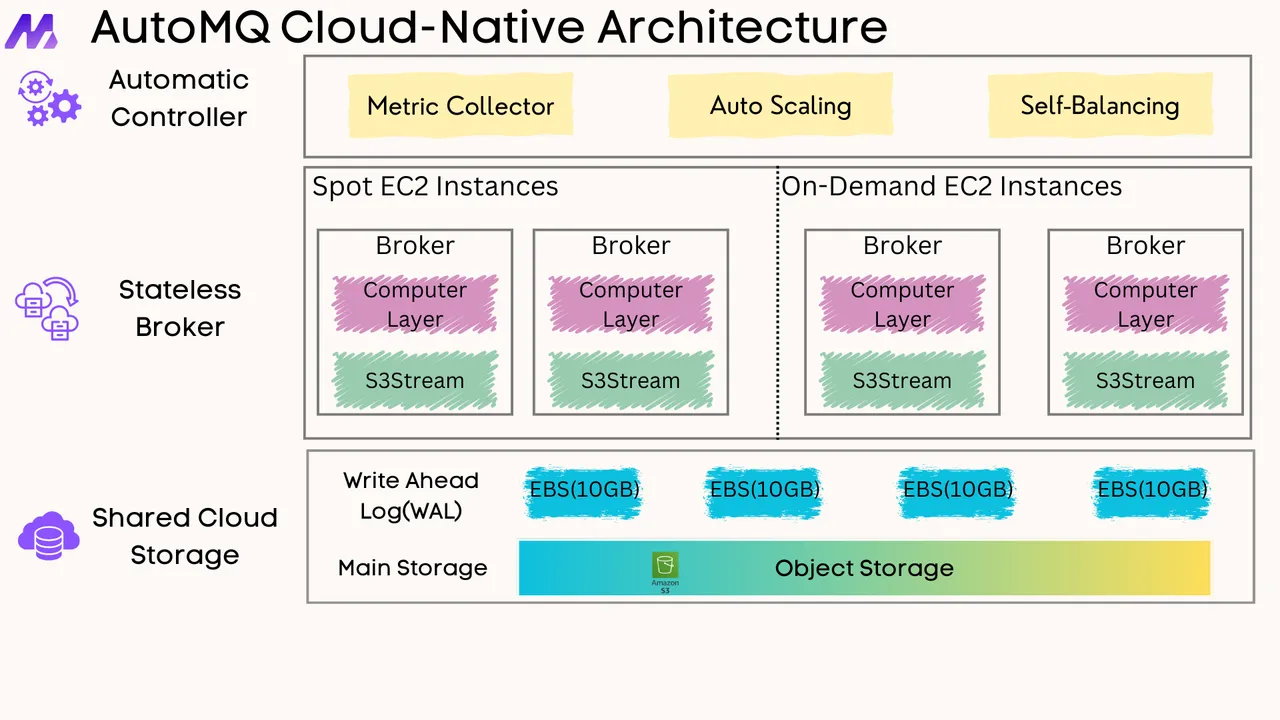





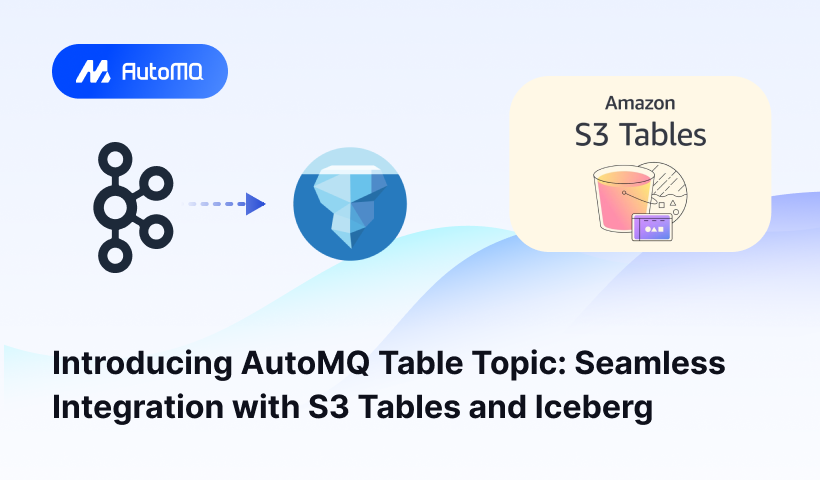
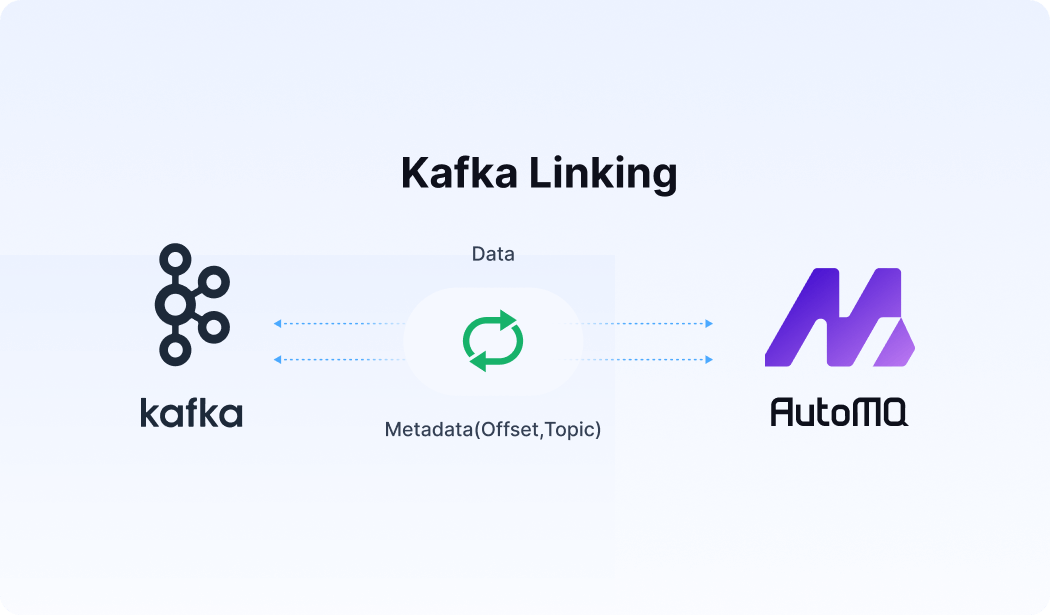




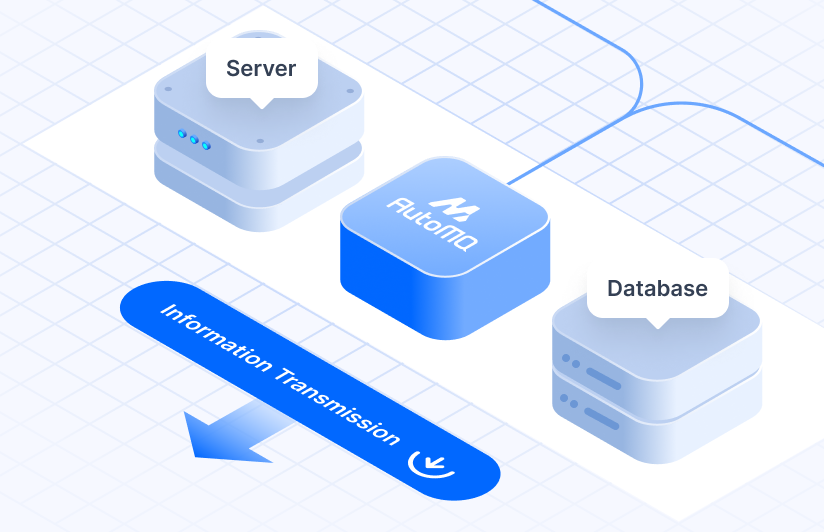



.png)
